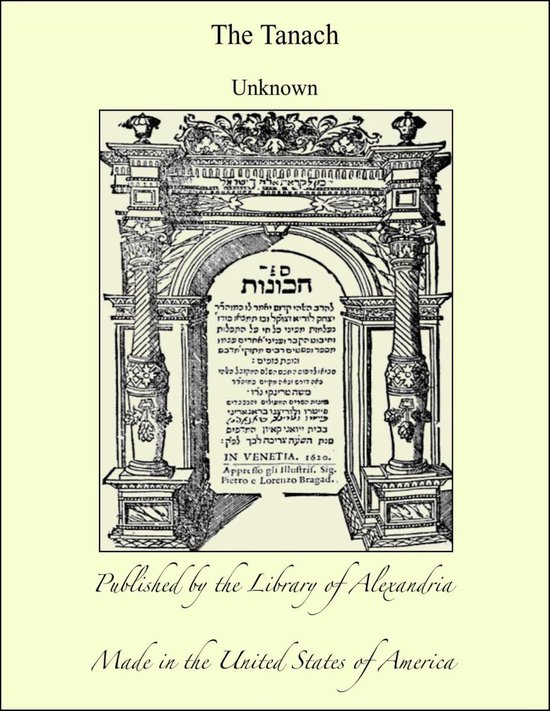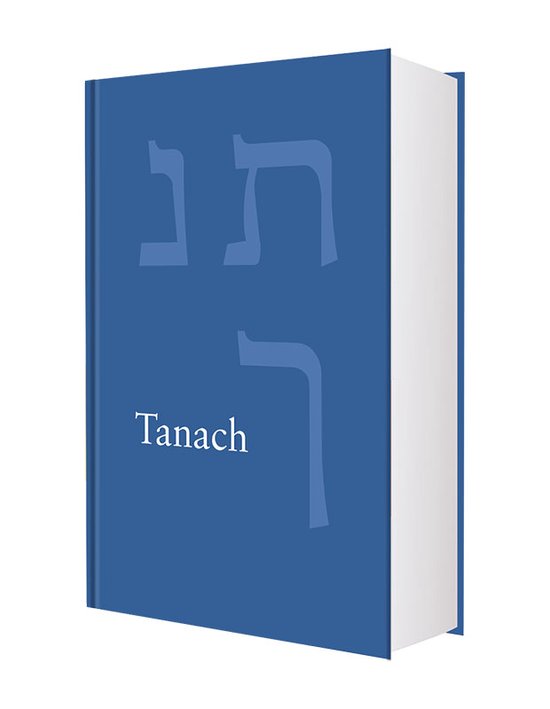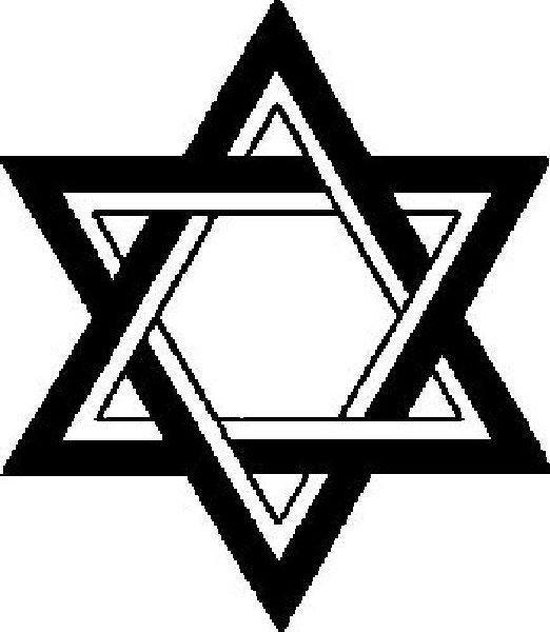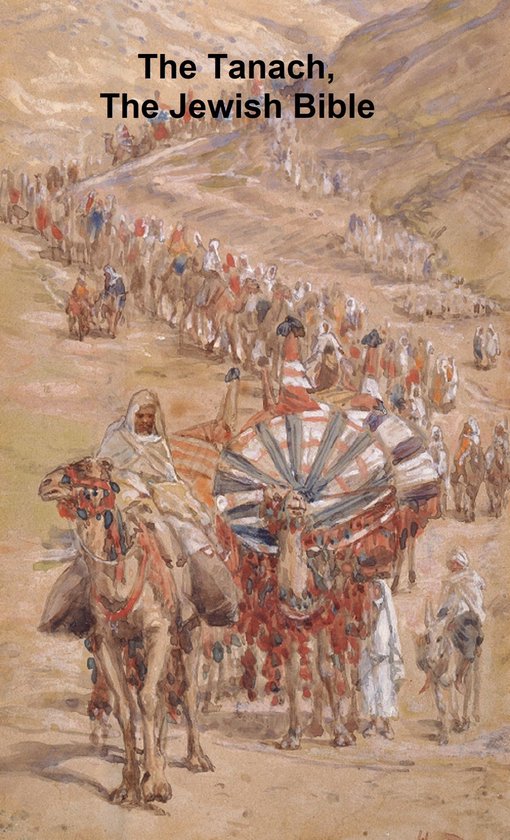The tanach

Direct beschikbaar
The Tanakh (Hebrew: תַּנַ"ךְ, pronounced [taˈnaχ] or [təˈnax]; also Tenakh, Tenak, Tanach) is a name used in Judaism for the canon of the Hebrew Bible. The Tanakh is also known as the Masoretic Text or the Miqra. The name is an acronym formed from the initial Hebrew letters of the Masoretic Text's three traditional subdivisions: The Torah ("Teaching", also known as the Five Books of Moses), Nevi'im ("Prophets") and Ketuvim ("Writings")—hence TaNaKh. The name "Miqra" (מקרא), meaning "that which is read", is an alternative Hebrew term for the Tanakh. The books of the Tanakh were relayed with an accompanying oral tradition passed on by each generation, called the Oral Torah. According to the Talmud, much of the contents of the Tanakh were compiled by the "Men of the Great Assembly" by 450 BC, and have since remained unchanged. Modern scholars believe that the process of canonization of the Tanakh became finalized between 200 BC and 200 AD. The Hebrew text was originally an abjad: consonants written with some applied vowel letters ("matres lectionis"). During the early Middle Ages scholars known as the Masoretes created a single formalized system of vocalization. This was chiefly done by Aaron ben Moses ben Asher, in the Tiberias school, based on the oral tradition for reading the Tanakh, hence the name Tiberian vocalization. It also included some of Ben Naftali and Babylonian innovations. Despite the comparatively late process of codification, some traditional sources and some Orthodox Jews believe the pronunciation and cantillation derive from the revelation at Sinai, since it is impossible to read the original text without pronunciations and cantillation pauses. The combination of a text (מקרא miqra), pronunciation (ניקוד niqqud) and cantillation (טעמים te`amim) enable the reader to understand both the simple meaning, as well as the nuances in sentence flow of the text. (Wikipedia.org)
- 1 Bekijk alle specificaties



Taal: he
Bindwijze: E-book
Oorspronkelijke releasedatum: 24 februari 2021
Ebook Formaat: Adobe ePub
Hoofdauteur: unknown
Hoofduitgeverij: Library Of Alexandria
Lees dit ebook op: Android (smartphone en tablet)
Lees dit ebook op: Kobo e-reader
Lees dit ebook op: Desktop (Mac en Windows)
Lees dit ebook op: iOS (smartphone en tablet)
Lees dit ebook op: Windows (smartphone en tablet)
Studieboek: Nee
EAN: 9781465585264